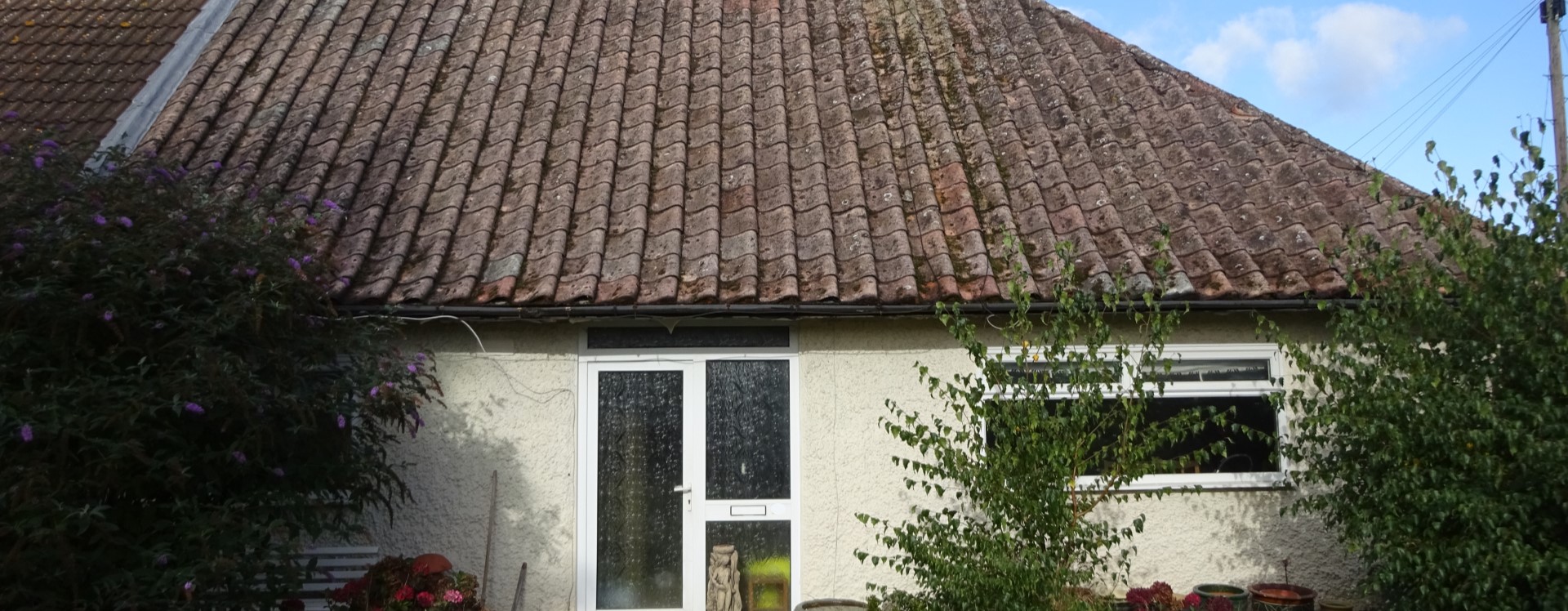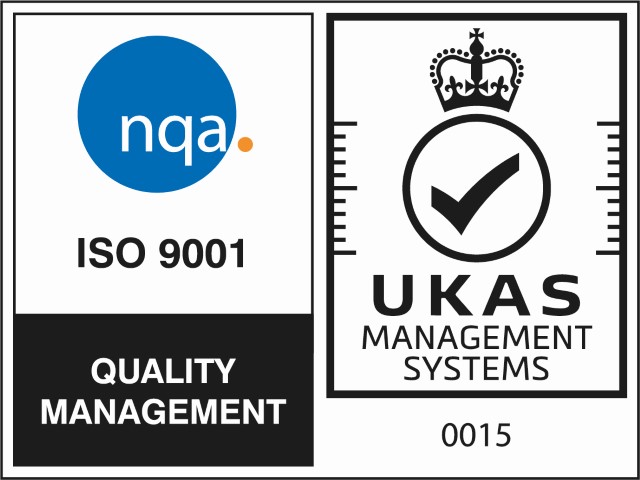Peter Mallinson, an RICS building surveyor covering the Nottingham region, discussed what he looks for when surveying Crane bungalows – a type of non-standard house that is found in the west area of the city.
Non-standard houses
A non-standard house is generally defined as one that does not have ‘standard’ brick or stone walls.
The first series of non-standard houses were built after World War 1. The government at the time introduced a housing act designed to improve the standard of living for working-class men returning from the war. Increasing wages meant that speed and efficiency became key priorities for developers at that time, and inspired new construction processes. Approximately 50,000 non-standard houses were built during this period.
The majority of non-standard properties, however, were constructed shortly after World War 2, when there was a shortage of housing, skilled labour and materials. To solve these problems, non-standard construction techniques were developed that meant houses could be built quickly and cheaply, used readily available materials and did not require skilled labour.
Non-standard houses are considered to typically fall into four different categories:
- Metal frame
- Pre-cast concrete
- In situ concrete
- Timber frame
Non-standard Crane bungalows in Nottingham
Nottingham has pockets of non-standard properties across the city and its suburbs.
Near Wollaton, on the west side of the city, there are numerous non-standard houses known as Crane bungalows. The design for these properties was conceived by William Crane, who was the chairman of the Nottingham Housing Committee in the 1920s. He envisaged a house with wall and roof structures constructed of a metal/steel frame, with walls infilled with pre-cast concrete panels. Approximately 800 Crane bungalows were commissioned and built during the mid-1920s. The Crane bungalows were originally rented by their occupants for 20 years, after which they would own the property.
A Nottingham Building Surveyor’s Perspective
If bought in their original condition, Crane bungalows are infamous for containing a large amount of asbestos. During building surveys we see signs of asbestos most frequently in the ceilings, roof tiles, and firewalls that separate the semi-detached properties within the roof space. When we find asbestos roof tiles, these are usually original and so are around 100 years old. They are therefore likely to be reaching the end of their serviceable life, and so works to the roof would be required by prospective buyers. Asbestos removal requires a licensed asbestos contractor which can increase refurbishment costs substantially; this needs to be taken into consideration when deciding how much to offer for this type of property.
Despite these potential issues, Crane bungalows are now seen as a popular investment. This is largely due to their substantial floor area and large roof space which has, in more recent years, become popular for conversion into bedrooms. Of course, any loft conversion is subject to Building Regulations approval and a structural engineer‘s advice.
Due to their non-standard construction, some (but not all) lenders are unwilling to provide mortgages for them. Maintenance costs can also be higher than with standard builds, so buyers should always consider having a Full Building Survey carried out to establish the condition of the property, any issues and estimated costs for repairs and maintenance, before purchase.
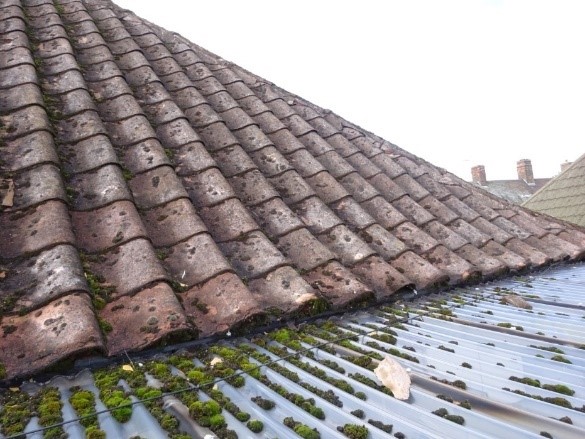
Asbestos pantile roof coverings
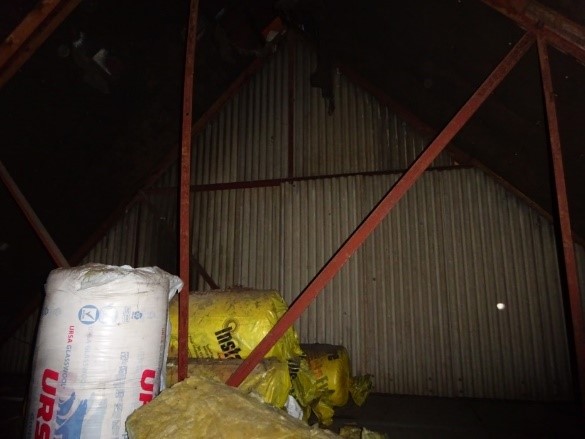
Potential asbestos profiled sheets, used as a separating firewall within the roof
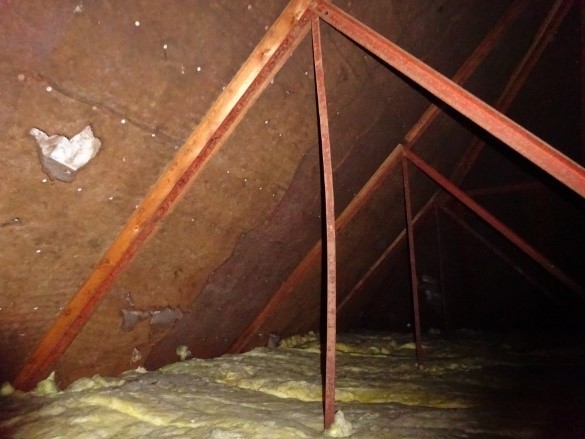
Torn and dated sarking felt membrane and typical steel roof trusses

